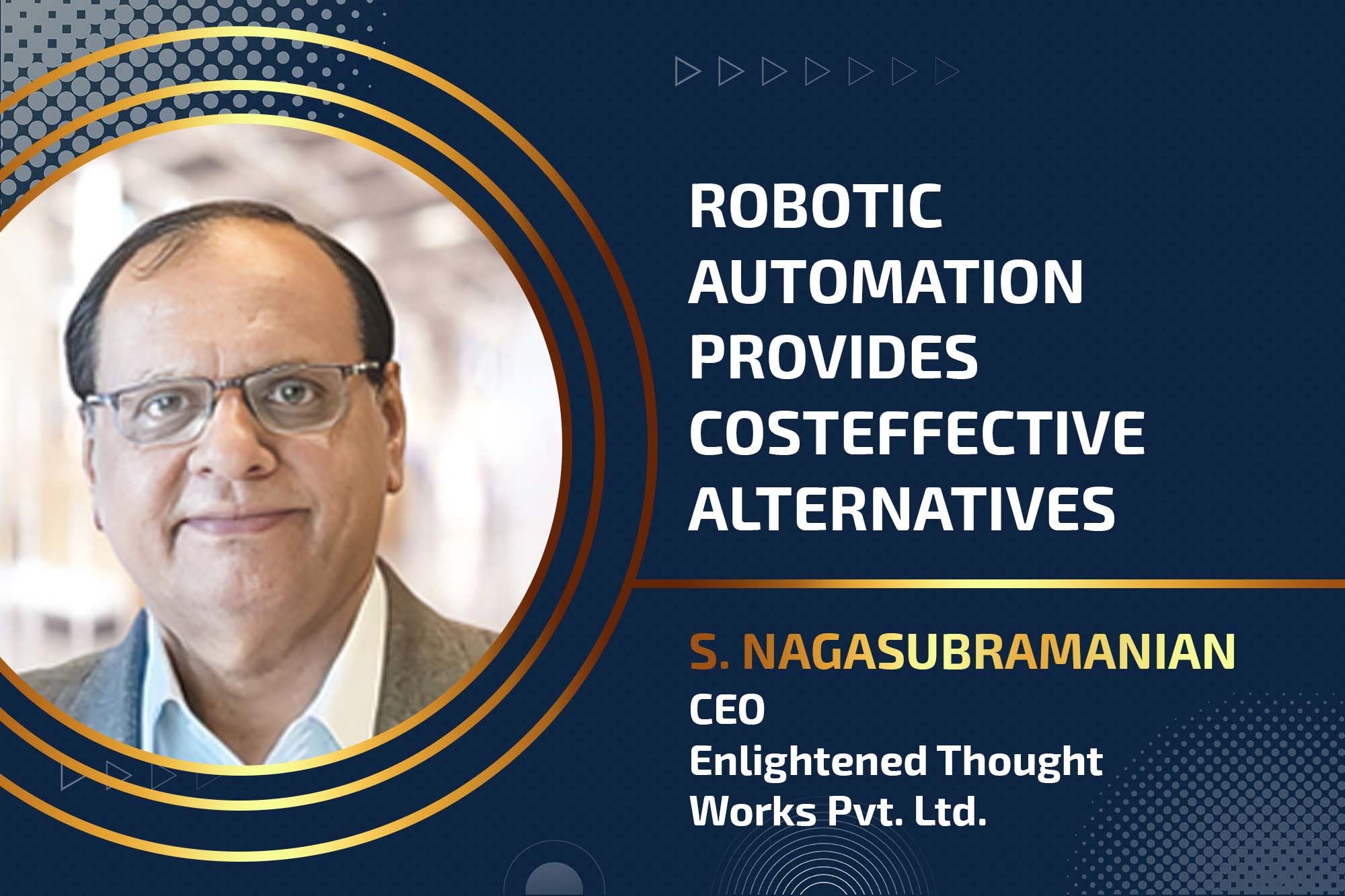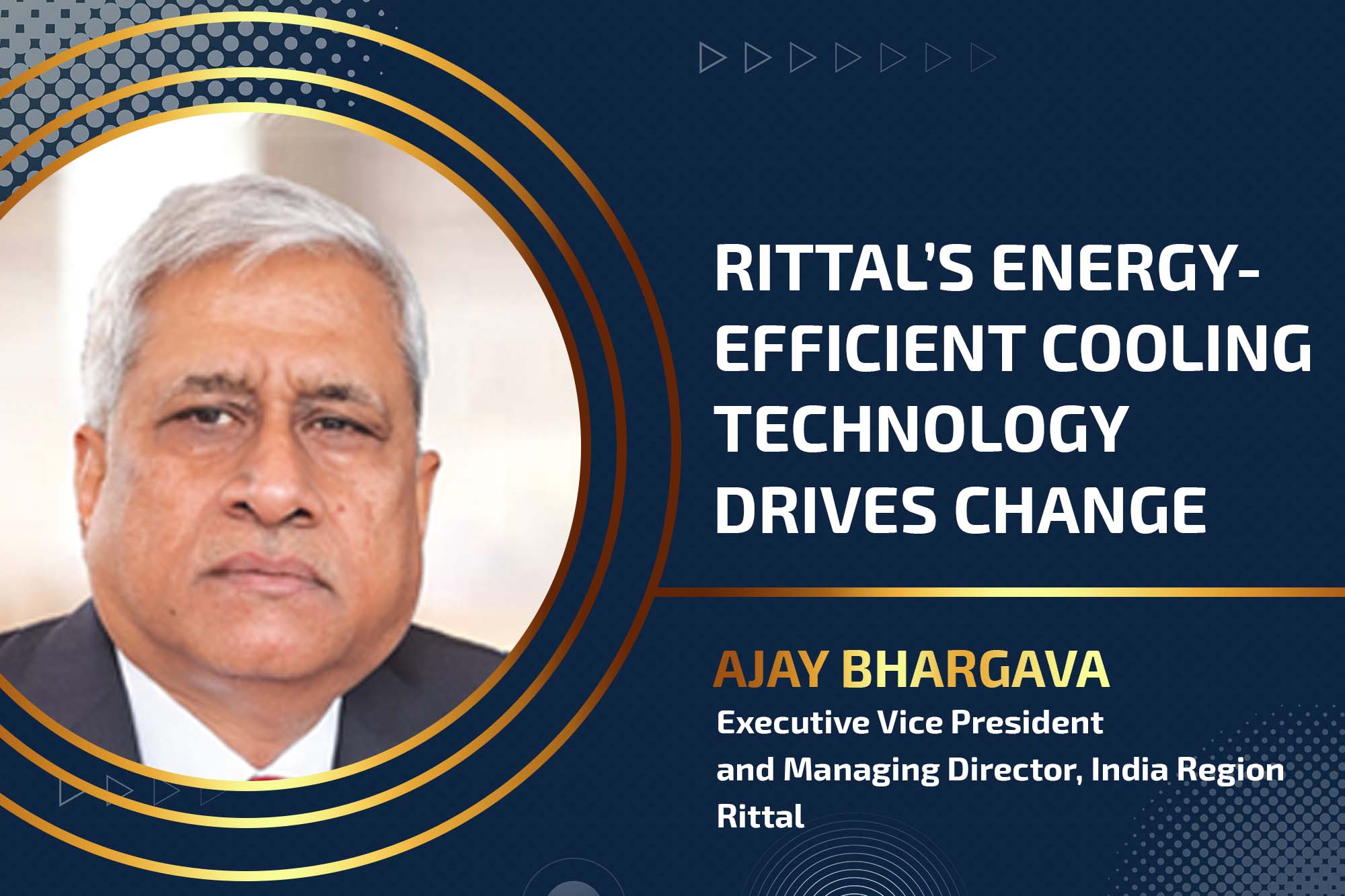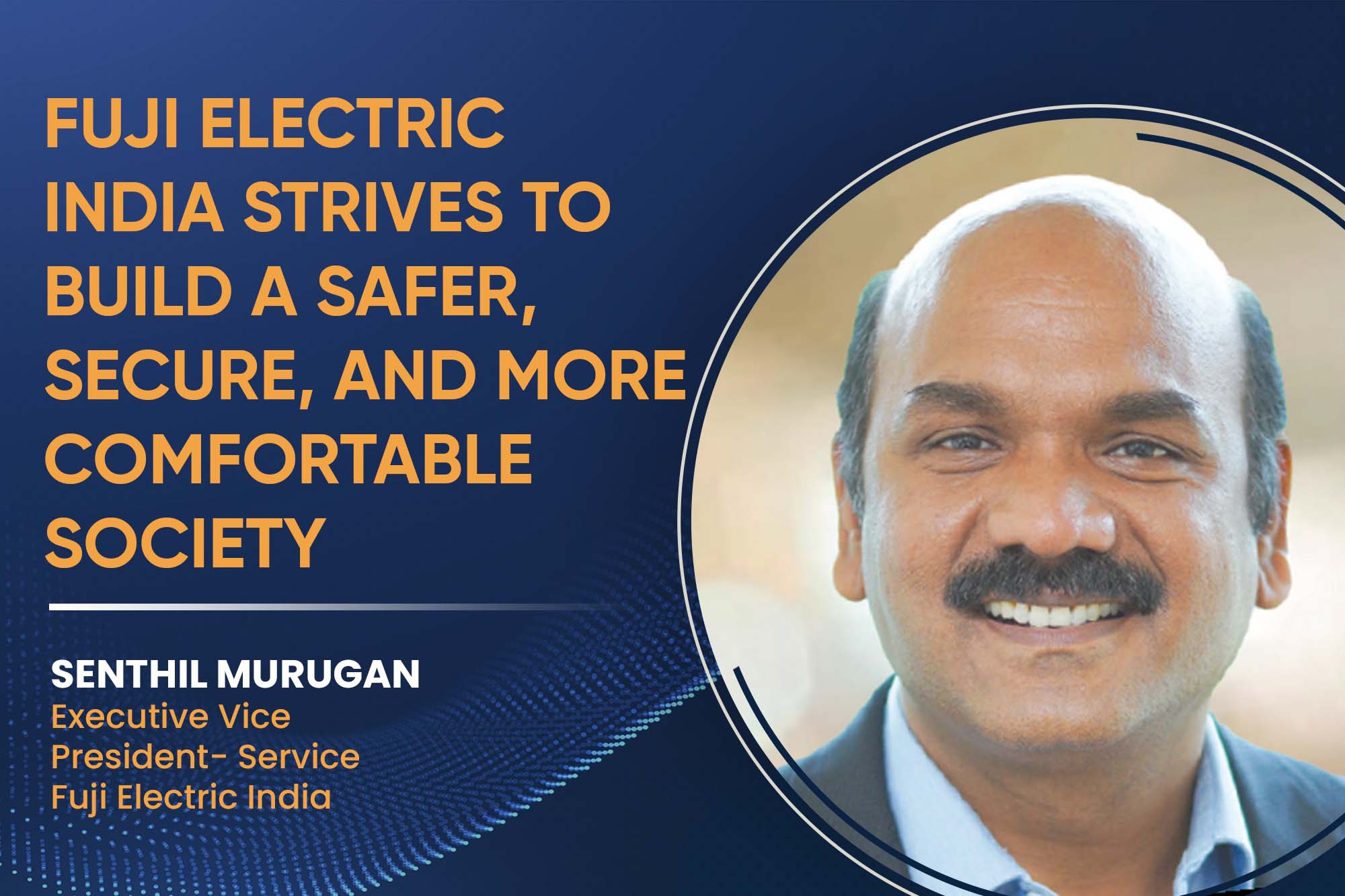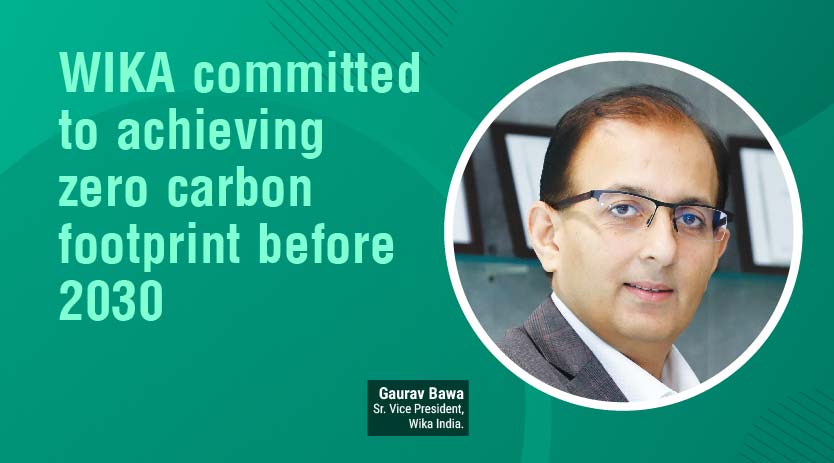Market size for EV is going to be well over $200 billion by 2030
By OEM Update Editorial February 1, 2022 5:48 pm IST
For achieving EV adoption goals and to emerge as a global giant, heavy investments into semiconductor manufacturing as well as its constrained usage is necessary.
In terms of growth, what is the market outlook for the Indian auto industry?
The Indian auto industry is set to be electrified at a great pace in the years ahead. The Government of India plans to turn 30 percent of all new passenger vehicles into EVs by 2030, and the estimated market size is going to be well over $200 billion which will make it a key sector employing millions of people. The expected count in the market estimates over 100 million EVs by the end of 2030. As of now, the market is expected to grow at a CAGR of 35 percent until 2026. Thus, the outlook is bright by all accounts, and it will witness massive investments from OEMs in the years ahead.
Besides EV charging what emerging technology trends in mobility solutions and manufacturing competitiveness?
The EV market in India is at its inflection stage and new models in two- as well as three- and four-wheeler categories are going to be regularly released in the years ahead. Some of the trends will include installation of EV charging points at the petrol pumps and alongside new expressways by the central government. Smart, AIdriven chargers which will be able to schedule charging times in sync with the peak-hour and off-hour loads of the local energy grid, are going to be in vogue. Fast charging is becoming popular and most of the leading EV models can get fully charged in an hour or so. AI’s integration into EVs is a rising trend, and we are also going to see an increase in the usage of non-Lithium-ion batteries in the times to come. Affordable personal last-mile connectivity solutions such as low-cost electric two-wheelers or e-bicycles are among the most promising trends which will undoubtedly lead to mass production and enhancement of manufacturing competitiveness of such mobility solutions.
What latest offerings and developments are impacting automobile manufacturing sectors? In reference to incentive programs by governments, whether PLI scheme will boost the market for EV segment?
One of the most visible new developments in the Indian automobile manufacturing sector has been the focus on EVs and integration of smart tools to build an ecosystem of interconnected vehicles. Voice assistants in vehicles are gaining momentum. Such connected cars will be able to communicate with each other as well as with vehicles and computers outside their local area network. This will enable transfer of data, remote diagnostics of vehicle health, navigation, vehicle tracking and much more. With EVs and autonomous vehicles set to be the future, it is these trends that will make the maximum impact on the auto industry.
As far as the PLI scheme is concerned, it will surely make a major impact on the EV sector, especially at an early stage as it will push startups and innovative OEMs towards creating new products. But in the longer term, the humongous investments needed by vehicle manufacturers to cater to the EV demand in 5-10 years from now will not have much of an impact when it comes to the current PLI schemes and incentives.
You say the auto component industry’s revenue has returned to past levels?
Yes, the auto component market is set to grow at a CAGR of over 23 percent until 2026, and will well exceed its pre pandemic size to reach $80 billion mark by then.What scope exists to dominate the automation processes in EV manufacturing?
One of the biggest opportunities that are evolving is the convergence of operational technology and information technology. Industrial IoT, additive manufacturing and integration of AI will dominate the automation processes in EV manufacturing. The EVs of the future are going to be self-driven and smart machines, and there is ample scope for automation of manufacturing processes at every step. The need of the hour is to prepare a massive base of trained and technologically adept automobile sector workforce to meet the demands that will emerge.
What variability aspects are seen across the semiconductor supply chain?
The automobile industry accounts for roughly about 12 percent of the global semiconductor chips market, and it never really experienced any shortage until the pandemic struck. Cheap semiconductors have been traditionally available without any need to enter long-term commitments with the manufacturers. However, as the pandemic disrupted supplies on the one hand, it also led to a sharp rise in semiconductor demand from the smart devices and computing hardware makers. Consequently, the shortage has become more acute, and it is unlikely to resolve before late 2022 or even beyond. As far as 2022 is concerned, we are likely to see a slowdown in the integration of cutting-edge smart technologies in vehicles. There might be delays in vehicle deliveries and reduction of features in cars in India until the time this shortage is adequately resolved.
What approach is needed to overcome scarcity of chips for growth of electric mobility?
The chip scarcity can be overcome through a two-pronged approach.
- There must be a rational approach to usage of these chips in the vehicles. Currently, there are luxury cars which use as many as 50-100 chips per vehicle. Even if OEMs are forced to use older technologies or delay using some of the most advanced features in their vehicles, there shouldn’t be any hesitation in that.
- There is an urgent need to build manufacturing facilities for semiconductors. These are high-capital investment facilities that would require billions of dollars to be put in. Such capacity building would require a confirmed commitment from OEMs as customers for the chips produced.
For India to achieve its own EV adoption goals and emerge as a global manufacturing giant, heavy investments into semiconductor manufacturing and a constrained usage for the next couple of years is necessary.
Cookie Consent
We use cookies to personalize your experience. By continuing to visit this website you agree to our Terms & Conditions, Privacy Policy and Cookie Policy.
















